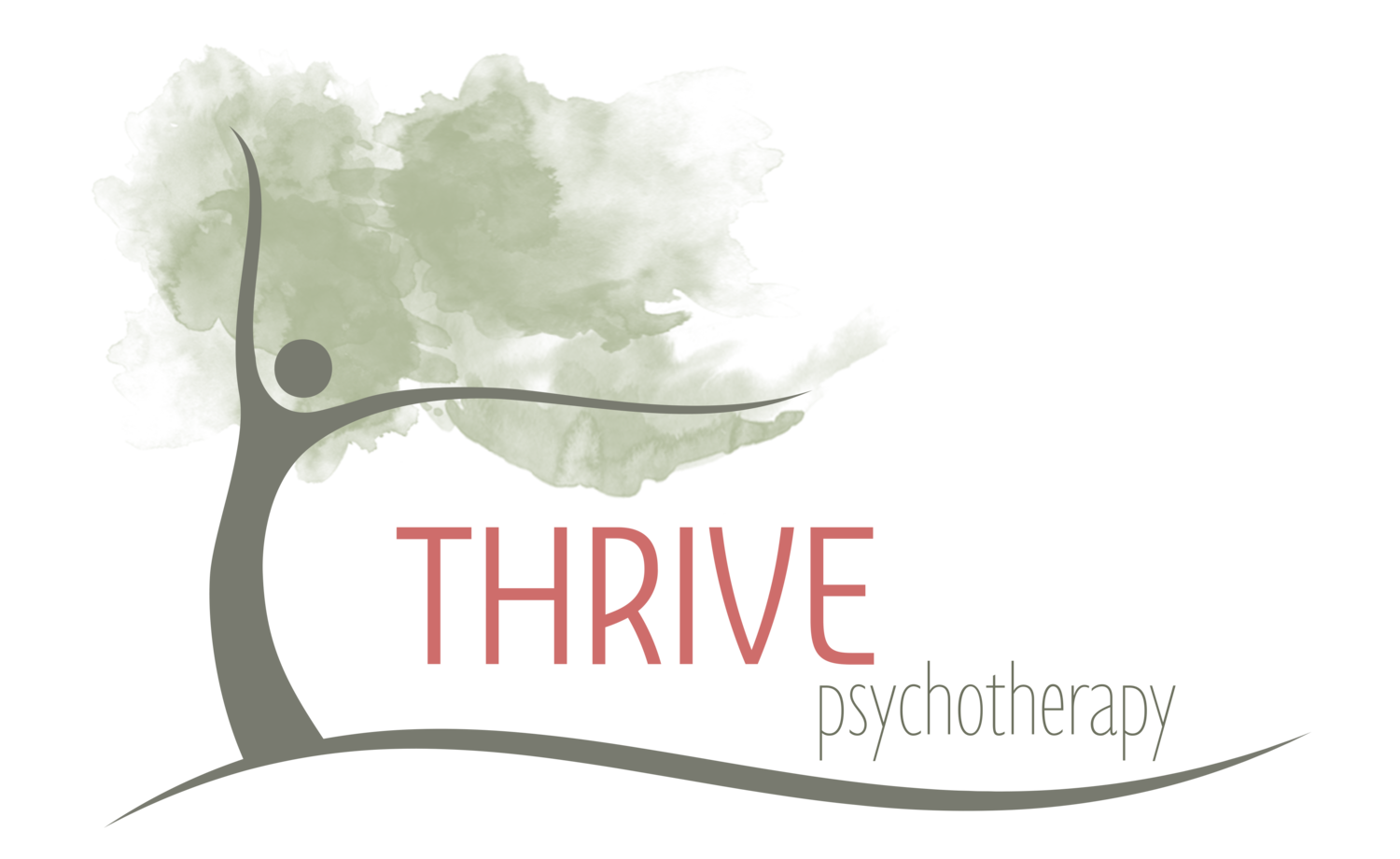Resilience and Healing from Trauma
Consider a tree in a storm as a metaphor for healing from trauma. The tree has several options:
- Withstand the storm by staying firmly upright and trying not to budge in the wind
- Bend in the storm so as not to be uprooted by the wind and, after the storm is over, snap back to its usual upright position
- Bend in the storm and, as a result of bending, reshape itself after the storm
What is Resilience?
Resilience is the ability to recover from and, perhaps, grow as a result of trauma and pain. There are several ways in which the human organism can do this.
The first tree that held it’s ground during the storm is a manifestation of the “stiff upper lip” attitude towards trauma and stress. In the Western culture it is not uncommon to hear “just get through it” or “soldier on.” We tend to conceptualize resilience as the ability to be unperturbed by our experiences and simply withstand pain. As you can probably imagine, the risk that we run in doing this is that our tree, with its inflexibility, looses branches or even becomes uprooted in gale force winds.
The second tree is an example of recovery. Like most trees, it bends to the wind and snaps back like a rubber band when the storm has passed. For this tree, a stressor is disruptive at the moment that it happens and then is quickly forgotten. Our tree has not learned anything from the experience and also has not lost anything. Chances are this was not a very severe storm.
The final tree is engaging in reconfiguration. As a result of the storm, the tree may have changed its growth course. The injuries that the tree sustained from the storm inform how the tree continues to grow, making it unique in it's architecture and more prepared for the next storm.
Trauma and Growth
Post-traumatic growth is the ability to gain something valuable as a result of struggle. The final tree, that of reconfiguration, has undergone post-traumatic growth. In the course of a human life, trauma is essentially unavoidable; disaster, assault, loss, and fear will accost us all. Like the third tree, however, there can be something beneficial in recovering from our wounds.
Against all odds, most people find that they have gained something vital as a result of trauma. One of the most common outcomes is a realigning of values: perhaps you are a kinder and more attentive friend, or you experience value and gratitude where you previously overlooked it, or you feel less tempted to waste your time on unfulfilling pursuits. Trauma can put our lives in sudden, sharp focus. In a moment you may realize that your time is precious. This radical, intense discomfort makes space for our unique growth following trauma.
Setting Things Right Again
When we are wounded, we can foster resilience by righting the wrongs of our traumas. Trauma, by definition, implies being alone (either in reality or in perception) and being disempowered. Following trauma, we can begin to right these wrongs by seeking community and justice.
As social creatures, we are programmed to seek support when feeling frightened or overwhelmed. Following September 11th, 2001, there was a flood of interconnectedness as we all tried to establish safety in numbers. People sought to receive and offer support and there were very few who aimed to stick it out alone; we underwent collective grieving. Following trauma, we can seek resilience by finding others who understand our tragedies from the inside. By forming a support group or calling a friend we get to notice that we are not, in fact, alone.
When we feel as if our voice has been taken, our instinct may be to take it back. The Columbia student who carried her mattress around in protest of the university dismissing her rape allegations made her experience visible to the naked eye. She took something that was silent and that she burdened alone and turned it into a monument to which others could bear witness. Following police killings of innocent black men, protesters chanting “Black Lives Matter” asserted their voices to a system that wanted to quiet them. In doing so, these protesters are advocating for the dead and protecting the potential victims of the future. By reasserting what has been taken during trauma we not only allow our own voice to be heard but we speak for others who are voiceless.

